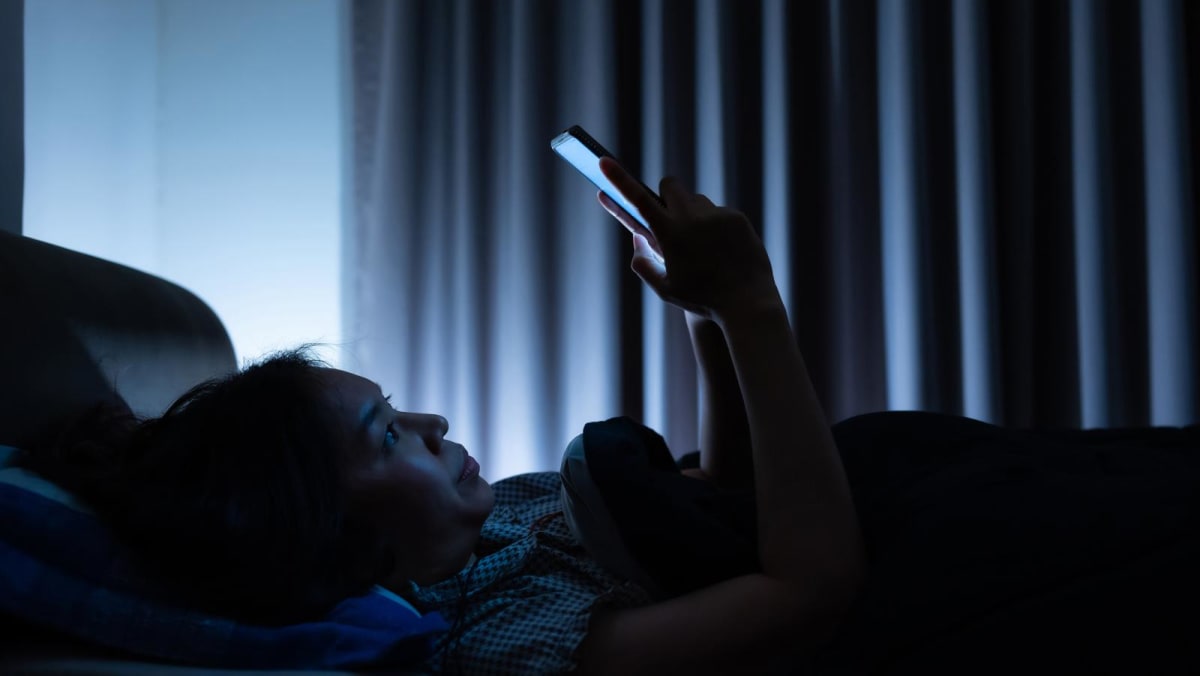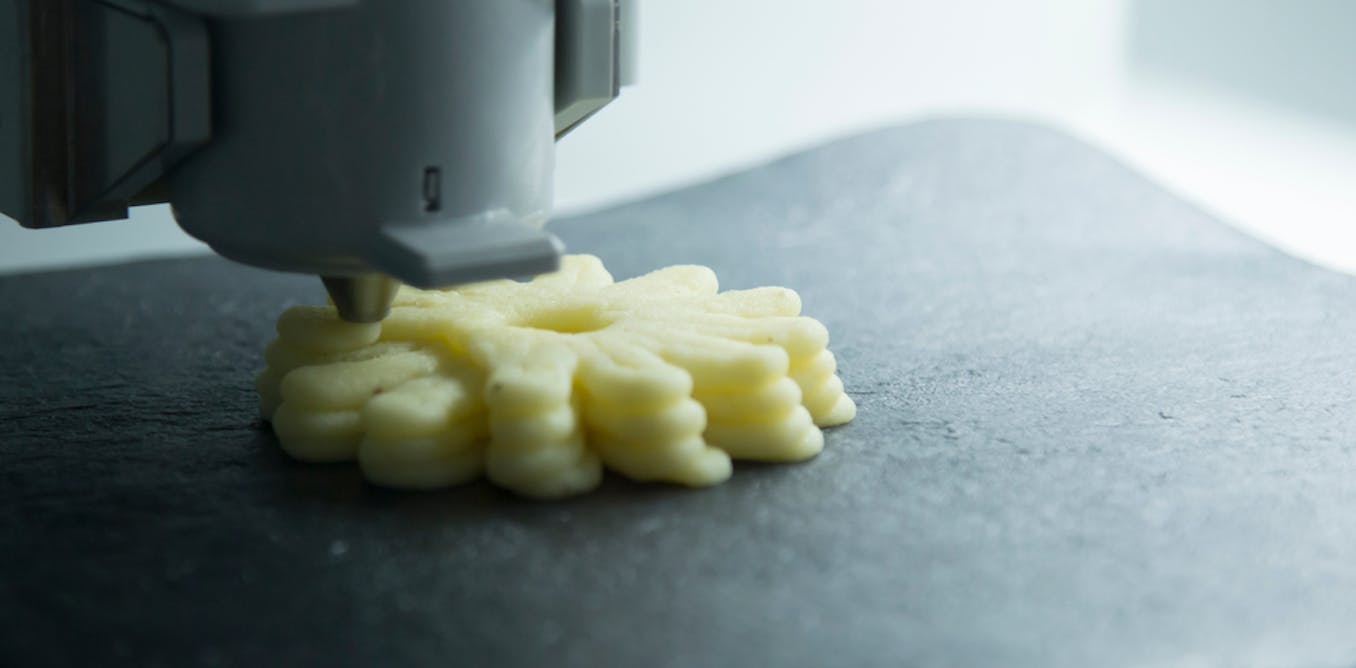The Rise of the 'Rat Person' Lifestyle Among Chinese Youths

SINGAPORE: Picture this scenario: you wake up well past 11 AM. Instead of jumping out of bed to freshen up, you remain cocooned in your sheets for several hours, mindlessly scrolling through social media platforms, browsing shopping apps, or binge-watching shows on Netflix.
The first meal of your day doesn't happen until around 3 PM, and after eating, the cycle resumes as you alternate between food, your bed, and your phone until you finally drift into sleep, often well past midnight. This laid-back existence is referred to humorously as the life of a 'rat person,' or 'lao shu ren' in Chinese, a term that has gained viral traction among Chinese youths on social media.
The term 'rat person' aptly characterizes a lifestyle that mirrors the habits of a rat—nocturnal, low-profile, and navigating life on the fringes without a clear direction. It is perceived as a form of subtle rebellion against the relentless hustle culture and the frenetic pace of modern society, resonating deeply with young people in China and beyond. Even Chinese expatriates in countries like the United Kingdom and Singapore have embraced this concept, using the term to describe their own lifestyles.
While the 'rat person' trend is often taken lightheartedly, it poignantly reveals the immense pressures that young Chinese individuals face in their academic and professional lives. From rigorous educational expectations to an exceptionally competitive job market, these young adults are under constant strain.
RAT RACE OUT, “RAT PERSON” IN
A typical day in the life of Pu Yiqin, a 23-year-old master’s student at King’s College London, exemplifies what it means to be a 'rat person.' Pu, who openly identifies with this lifestyle, shares her experiences through amusing daily vlogs on the Chinese lifestyle platform Xiaohongshu. In her videos, she provides a glimpse into her reclusive routine.
In one amusing clip, she nonchalantly mentions that she goes to bed after 1:30 AM, adding with a playful tone, “Going to bed early tonight, good night.” Her vlogs also showcase her bedroom, where the curtains are perpetually drawn. “The lights are too bright; rats need a dim environment to survive,” she humorously observes.
This growing trend among youth not only highlights a shift in lifestyle choices but also invites a broader discussion about mental health, societal expectations, and the need for balance in an increasingly fast-paced world. The idea of adopting a slower, more relaxed way of living resonates as many seek an escape from the overwhelming demands of contemporary life.


















